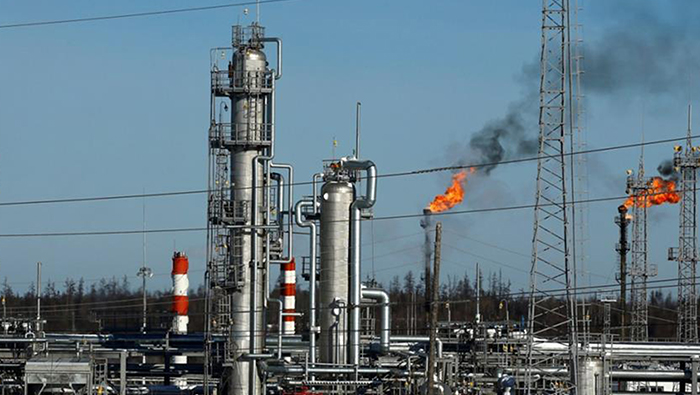Automotive Fuel Production in Oman
The Sultanate of Oman has been witnessing a steady increase in its automotive fuel production in recent years. By mid-2025, Oman’s output of motor fuels had risen by 20% year-on-year, driven by strong domestic demand, growing exports, and strategic refinery upgrades. Have a look Oman Motor Show 2025.

As the country diversifies its economy and strengthens energy security, the rise in fuel production has significant implications for both local markets and international trade.
📊 Oman’s Automotive Fuel Production Overview
Oman’s fuel production is primarily supported by its modern refineries, such as the Duqm Refinery and the Sohar Refinery, which play a vital role in meeting domestic demand and expanding exports. Why shift toward Chinese & Korean car brands in 2025.
Annual Fuel Production (2021–2025)
| Year | Automotive Fuel Production (Million Barrels) | YoY Growth % |
|---|---|---|
| 2021 | 35 | – |
| 2022 | 38 | +8.5% |
| 2023 | 42 | +10.5% |
| 2024 | 47 | +11.9% |
| 2025 | 56 | +19.1% |
Insight: 2025 marks the sharpest increase in five years, reflecting major investments in refinery capacity and export expansion.
📈 Graph: Fuel Production Growth (2021–2025)
Year Production (Million Barrels)
2021 35
2022 38
2023 42
2024 47
2025 56
The data shows a clear upward trend, with production jumping by nearly 21 million barrels over the five-year period.
⚙️ Key Drivers of Fuel Production Growth
- Refinery Upgrades – The commissioning of the Duqm Refinery increased Oman’s refining capacity significantly.
- Export Demand – Rising demand from Asian markets, particularly India and China.
- Government Strategy – Oman’s Vision 2040 aims to diversify energy exports and enhance downstream industries.
- Domestic Consumption – Growing number of vehicles on Omani roads increases fuel demand.
- Energy Security – Expanding production ensures local stability against global oil price fluctuations.
🚗 Automotive Fuel Consumption in Oman
Oman’s rising population and car ownership rates directly influence fuel consumption.
Vehicle Growth & Fuel Demand (2020–2025)
| Year | Registered Vehicles (Million) | Fuel Consumption (Million Barrels) |
| 2020 | 1.45 | 33 |
| 2021 | 1.50 | 34 |
| 2022 | 1.55 | 36 |
| 2023 | 1.62 | 39 |
| 2024 | 1.70 | 41 |
| 2025 | 1.78 | 44 |
Fact: Oman’s registered vehicles increased by over 300,000 in five years, driving higher fuel demand.
🔑 Economic & Environmental Implications
- Economic Boost – Higher exports generate foreign revenue and strengthen Oman’s fiscal stability.
- Employment – Refinery expansions create jobs in the energy and logistics sectors.
- Environmental Challenges – Increased fuel production raises carbon emissions, creating pressure for cleaner energy adoption.
- EV Opportunity – As Oman pushes toward EV adoption, fuel demand growth may stabilize in the next decade.
📌 Future Outlook
- Sustained Growth: Fuel production is projected to reach 65 million barrels by 2030.
- Export Hub Potential: Duqm is expected to become a regional export hub for fuels.
- Balanced Energy Mix: While production grows, Oman is also investing in EV infrastructure and renewable energy to balance long-term demand.
Conclusion
The rise in automotive fuel production in Oman reflects the country’s strategic investment in energy infrastructure, strong export orientation, and rising domestic demand. While the growth strengthens Oman’s economy, it also highlights the need for a sustainable balance with renewable energy and EV adoption. As Oman looks ahead to 2030, it stands at a crucial juncture between fuel expansion and clean energy transition.
How much did Oman’s fuel production increase in 2025?
Oman’s automotive fuel production rose by 20% year-on-year, reaching 56 million barrels.
What are the main reasons behind the growth?
Key factors include refinery upgrades, strong export demand, domestic vehicle growth, and government energy strategies.
Which refinery is most important for Oman’s fuel sector?
The Duqm Refinery is a major contributor, alongside the Sohar Refinery.
Will fuel demand keep rising in Oman?
Demand is expected to grow in the short term, but long-term trends may shift as electric vehicles gain popularity.
How does increased fuel production affect Oman’s economy?
It boosts export revenues, creates jobs, and strengthens economic diversification under Vision 2040.
